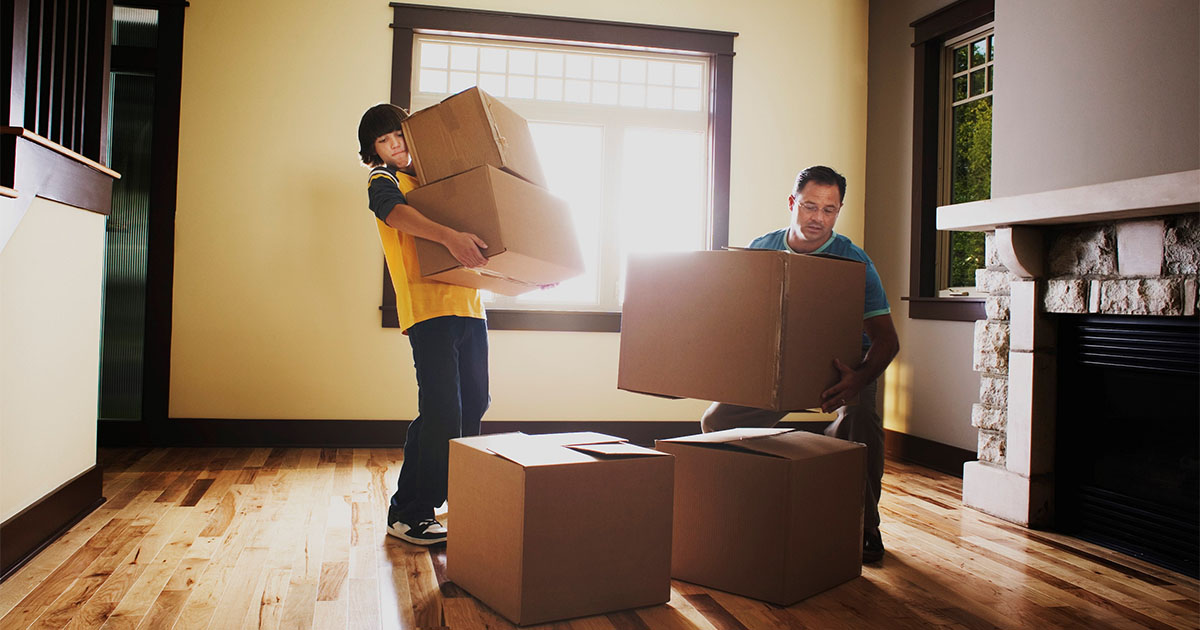Welcome to the Mattco moving checklist. It’s a quick list of a few things you should do before moving into your new home.
With all the excitement of moving into your new home, it’s easy to forget the important tasks. Certain things are best done while the house is still vacant, long before your boxes and furnishings get there. If you put these things off it could be even more challenging to do them later.
Before you make that move it would be helpful to review this moving checklist to know what should be done long before you settle in.
1. Turn on utilities
Electric, gas, water—don’t assume they’ll be on and operational when you arrive. Instead, get all your utilities set up ahead of time.
Chances are the seller will be turning them off as of the closing date.
2. Set up internet and cable service
Plan on having a “Netflix” marathon while you’re unpacking? Have your home wired for service before you arrive.
3. Order an energy audit
One of the best ways to cut your energy bill is to order a home energy audit.
An energy audit is a professional assessment of your new home’s overall energy performance. This will show you how to make your house more energy-efficient (think insulating the attic, weatherstripping windows, sealing air leaks in crawl spaces), so it’s best to have one done and make related repairs before moving in.
A home energy audit costs, on average, about $215 to $600, but some utility companies will do them for free.
4. Do a deep clean
It’s never easier to do a deep clean than when the house is empty. A cleaning service costs around $150. If you’d prefer to clean the home yourself that’s great too.
5. Change the locks
This is a basic safety measure; however, it can’t be done until after closing.
6. Test smoke and carbon monoxide detectors
Make sure these are functioning properly to protect your new home from fires and other emergencies.
7. Set up the alarm system
If the home already has a security system installed, call the provider to confirm that service is set up.
8. Tackle major home renovations
The last thing you want to do is have to tiptoe around a construction zone after you move in. So, if you want to repaint the home, resand floors, or make any other renovations, do them in advance. These projects are best done when the house is empty and usually don’t happen once the furniture shows up.
One caveat: You have the right to bring in vendors for quotes, but work cannot start until you own the home.
9. Make repairs
Before moving in you might want to hire a handyman to do any repairs that the seller didn’t agree to make.
10. Get a home warranty
Imagine waking up one morning to a leaking water heater in your brand-new home. A home warranty covers the cost of repairing many home appliances—and basic coverage starts at only about $300.
11. Buy fire extinguishers
Get one for every level of your home and make sure you know how to use it. Plan an escape route in the event of a fire.
12. Get to know your new house
Figure out where the circuit breaker box and main water shut-off valve are before moving in, so you know how to turn off the electricity or water in an emergency. Also, consider labeling your home’s electrical panel if it’s not already.
13. Childproof the home
Have kids? Every year, millions of children are hospitalized because of accidents around the home, according to Safe Kids Worldwide. So, before your bundle of joy starts toddling around the house, take steps to fully childproof your new home.
14. Forward your mail
Don’t forget to update your address with the United States Postal Service. (Visit the Official Postal Service Change of Address website.) The postal service charges a $1 fee to verify your identity when changing your address online, so you’ll need a credit or debit card.
Note: The postal service will stop forwarding periodicals to your new address 60 days after you move, so alert magazines and newspapers that you’ve moved.
15. Update your billing address
Alert your credit card companies, banks, or any other financial institutions of your new address. Also, if you frequently buy anything from a website, you can avoid a future headache by updating your profile with your new address.



